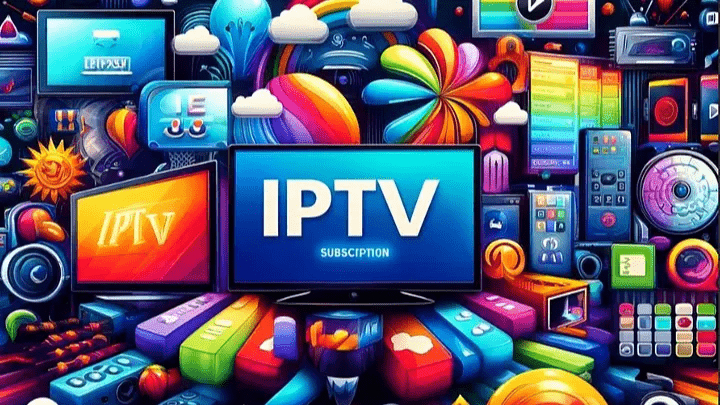Guide to Live Streaming :
Explore the world of live streaming, its advantages, potential obstacles, and effective strategies to deliver engaging real-time content to your audience.

Understanding Live Streaming
Live streaming refers to the real-time transmission of audio and video content over the internet. Unlike pre-recorded videos, live streams are broadcasted as they happen, allowing viewers to watch events unfold in real-time. This immediacy fosters a sense of connection and engagement, making live streaming a powerful tool for content creators and businesses alike.
Benefits of Live Streaming
1. Real-Time Engagement
Live streaming facilitates immediate interaction between broadcasters and their audience. Features like live chats and Q&A sessions enable viewers to participate actively, enhancing engagement and building community.
2. Wider Reach
With internet access, live streams can reach a global audience, breaking geographical barriers and expanding the potential viewer base.
3. Cost-Effective
Live streaming reduces the need for physical venues and logistics, lowering costs associated with traditional events. Platforms like StreamYard and Vimeo offer affordable solutions for hosting live broadcasts.
4. Authenticity
Live content is perceived as more authentic and transparent, building trust with the audience. The unedited nature of live streams showcases genuine interactions, fostering a deeper connection.
Challenges of Live Streaming
1. Technical Issues
Unstable internet connections, hardware malfunctions, or software glitches can disrupt live streams, affecting viewer experience. Ensuring reliable equipment and a stable connection is crucial.
2. Content Delivery
Delivering high-quality streams without buffering requires adequate bandwidth and optimized settings. Platforms like Streamlabs provide tools to enhance streaming performance.
3. Audience Engagement
Maintaining viewer interest throughout the broadcast demands compelling content and interactive elements. Incorporating polls, live chats, and dynamic visuals can enhance engagement.
4. Legal and Copyright Concerns
Broadcasting copyrighted material without permission can lead to legal issues. It’s essential to understand and comply with copyright laws to avoid potential infringements.
Best Practices for Live Streaming
1. Plan Your Content
Outline the structure of your live stream, including key points and audience interaction segments. A well-planned broadcast ensures a smooth flow and keeps viewers engaged.
2. Test Equipment and Connection
Conduct a test run to check audio, video quality, and internet stability. Platforms like OBS Studio offer features to test and optimize stream settings.
3. Engage with Your Audience
Acknowledge viewer comments and questions in real-time to foster interaction. Encouraging audience participation creates a more immersive experience.
4. Promote Your Live Stream
Announce your live stream in advance across various channels to attract viewers. Utilize social media, email newsletters, and your website to spread the word.
Popular Live Streaming Platforms
1. YouTube Live
YouTube Live allows creators to broadcast live content to their subscribers and the broader YouTube audience. Features include live chat, monetization options, and analytics to track performance.
2. Twitch
Primarily focused on gaming, Twitch enables gamers to live stream their gameplay and interact with viewers. It offers features like subscriptions, emotes, and a robust community.
3. Facebook Live
Facebook Live allows users to broadcast live videos to their friends and followers. It integrates seamlessly with the Facebook platform, enabling easy sharing and interaction.
4. Vimeo Livestream
Vimeo’s live streaming service offers high-quality, ad-free streaming with advanced privacy options and analytics. It’s suitable for professional broadcasts and business use.
5. StreamYard
StreamYard is a browser-based streaming studio that allows users to broadcast live to multiple platforms simultaneously. It offers features like guest interviews, screen sharing, and customizable branding.
Enhancing Live Streaming with IPTV
Internet Protocol Television (IPTV) delivers television content over the internet, offering an alternative to traditional cable or satellite services. Combining live streaming with IPTV services can enhance content delivery and viewer experience.
Benefits of IPTV in Live Streaming
- Diverse Content Access: IPTV services provide access to a wide range of live TV channels, movies, and series, enriching the content available for live streaming.
- Multi-Device Compatibility: Viewers can access IPTV content on various devices, including smartphones, tablets, and smart TVs, offering flexibility in how they consume live streams.
- High-Quality Streaming: IPTV platforms often support high-definition streaming, ensuring viewers receive clear and crisp visuals during live broadcasts.
Choosing the Right IPTV Service
When selecting an IPTV service to complement your live streaming efforts, consider factors such as channel variety, streaming quality, device compatibility, and customer support. For instance, [IPTV Australia](